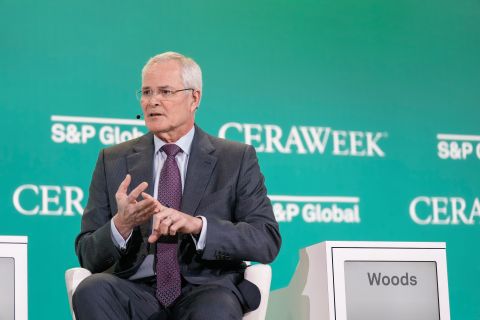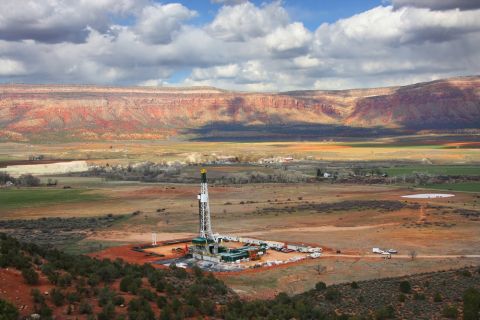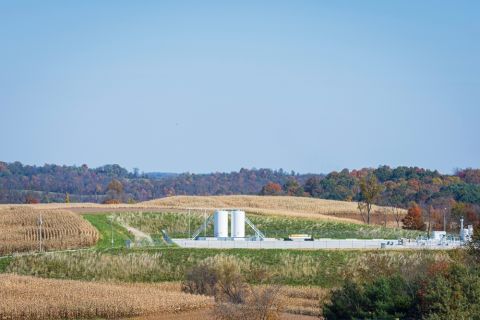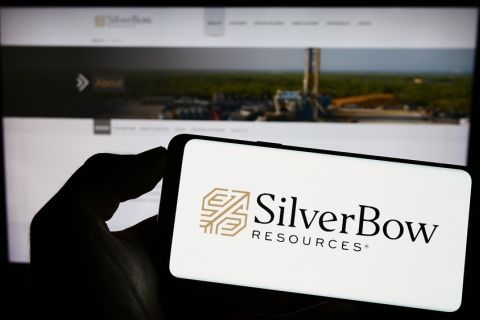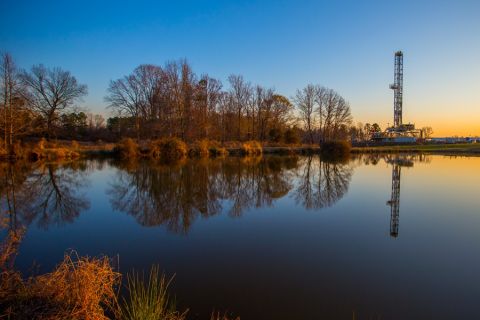Attending one of the oil and gas industry’s major trade shows is always a tiring but rewarding experience. Much as we like to feel that we are in touch with emerging trends and issues in the E&P sector, there is only so much that can be learned behind a desk.
And so it was very enlightening to walk around the packed halls, aisles, and stands at the SPE Offshore Europe show in Aberdeen, Scotland. Once an event dedicated to the North Sea sector, it has now developed into a truly global gathering, attracting some of the industry’s biggest players.
The clearly upbeat mood among the vast majority of the participants was evident, and the buoyant optimism that 2012 is going to be a good year was virtually palpable.

Talking to the Chairman of the event, Samir Brikho – who also is CEO of UK-based engineering and construction major AMEC Plc – it was obvious that he felt the same vibe. “We have been talking about what’s happening and why, and it may be that there are many uncertainties,” he said. “But the fundamentals of the business are here to stay and are definitely good. It’s very clear that if you want to manage supply and demand, there’s no room for complacency. The operators would clearly like to continue with their investments. They do not view the daily oil price as the measurement for their business. Also, we’ve been talking about national oil companies and their changing role. That is going to be the future. We have many more opportunities now to supply interests in different regions with different technologies and different cases.
“Who was able to predict the Arab Spring?” he continued, saying it had substantially changed the supply and demand issue, with much more activity likely to come from that region. Commenting on the changes in Libya, Brikho said, “This is clearly going to open up for business. It has been relatively small-scale compared to what it is going to be now. That is something we could not have predicted.” Brikho’s thoughts were echoed at the show by energy analyst Kader Dicko of Infield Systems who agreed that the long-term market fundamentals are conducive for growth, although the health of the global economy could play a major role in influencing this process. He flagged up the prospects for increased activity in the North Sea, as well as in the Arctic and the Black Sea (following ExxonMobil and Rosneft’s deal), and of course in the “Golden Triangle” of deepwater Latin America, Africa, and the Gulf of Mexico. With a global offshore capex forecast for the period 2011-2015 of US $473 billion, the fundamentals do indeed look positive, according to Infield. Interestingly, shallow-water activities (i.e. the North Sea) will still play a prominent role in that expenditure, Kader said. His figures indicate that of the predicted capex of $84 billion for Europe’s offshore sector, around 85% will be spent on shallow-water projects. Just to put it in perspective, that figure is $3 billion less than the forecast capex for Africa and $7 billion more than estimated for Latin America’s booming offshore – both much higher profile regions.
The optimistic mood for 2012 and further out for the offshore industry looks justified.
Recommended Reading
CEO Darren Woods: What’s Driving Permian M&A for Exxon, Other E&Ps
2024-03-18 - Since acquiring XTO for $36 billion in 2010, Exxon Mobil has gotten better at drilling unconventional shale plays. But it needed Pioneer’s high-quality acreage to keep running in the Permian Basin, CEO Darren Woods said at CERAWeek by S&P Global.
Uinta Basin's XCL Seeks FTC OK to Buy Altamont Energy
2024-03-07 - XCL Resources is seeking approval from the Federal Trade Commission to acquire fellow Utah producer Altamont Energy LLC.
Analysts: Why Are Investors Snapping Up Gulfport Energy Stock?
2024-02-29 - Shares for Oklahoma City-based Gulfport Energy massively outperformed market peers over the past year—and analysts think the natural gas-weighted name has even more upside.
SilverBow Saga: Investor Urges E&P to Take Kimmeridge Deal
2024-03-21 - Kimmeridge’s proposal to combine Eagle Ford players Kimmeridge Texas Gas (KTG) and SilverBow Resources is gaining support from another large investor.
Mesa III Reloads in Haynesville with Mineral, Royalty Acquisition
2024-04-03 - After Mesa II sold its Haynesville Shale portfolio to Franco-Nevada for $125 million late last year, Mesa Royalties III is jumping back into Louisiana and East Texas, as well as the Permian Basin.

